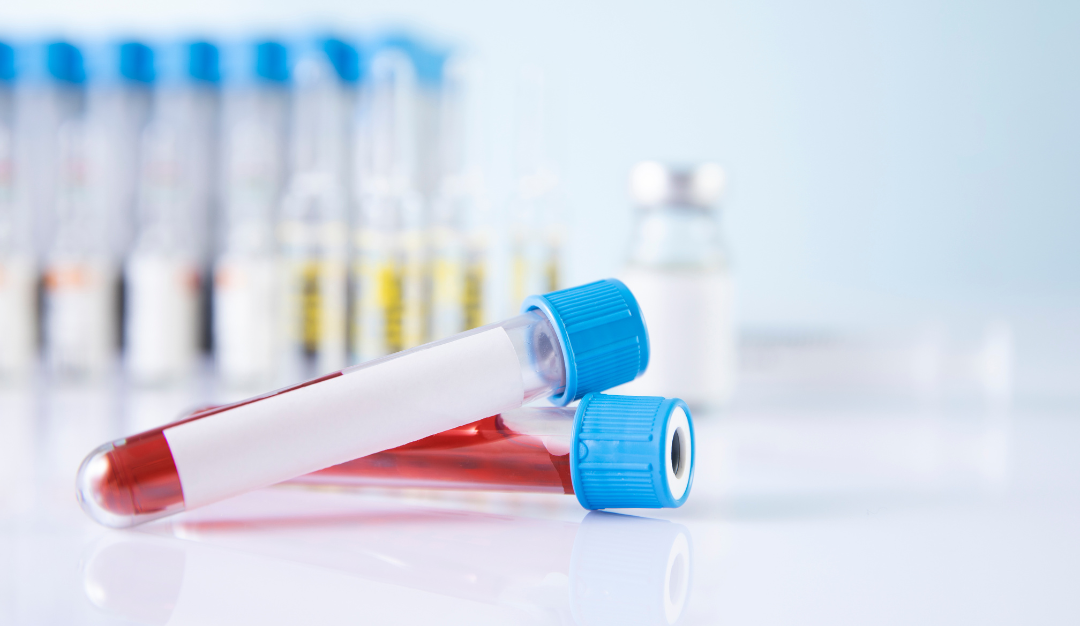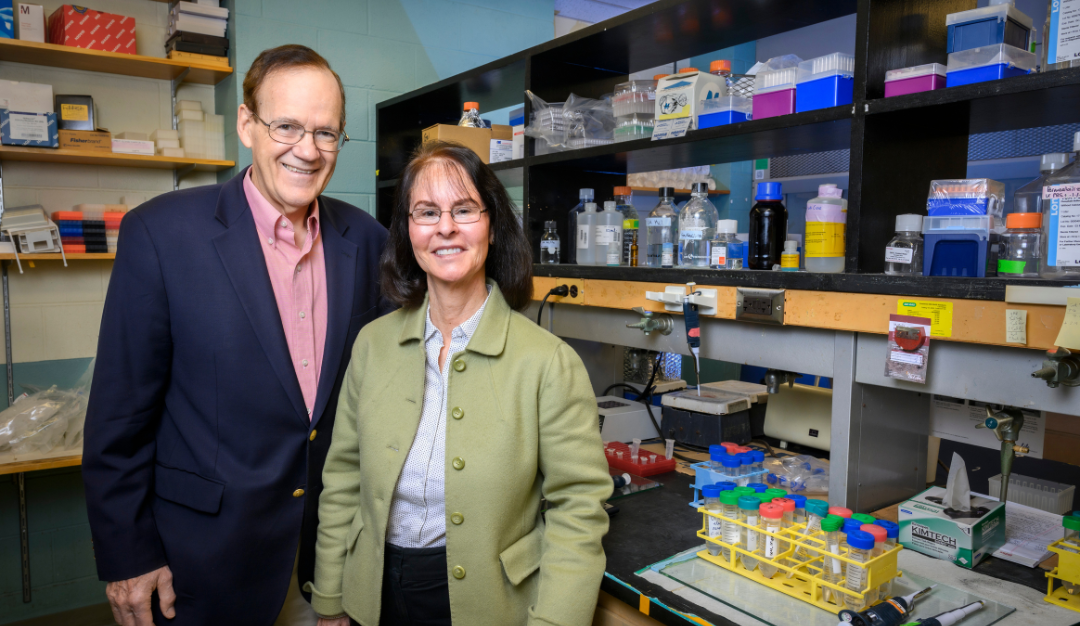
New Liquid Biopsy Technique May Help Personalize Breast Cancer Diagnosis and Prognosis
Analysis reveals key factors that can distinguish patients with early-stage versus late-stage breast cancer and versus age-matched donors without breast cancer
Researchers have developed a next-generation liquid biopsy technology that can be used to analyze patient’s blood samples and precisely distinguish those with breast cancer from those without. This analysis provides a comprehensive overview of several rare, tumor-related factors that can be detected in the blood. Reporting in npj Breast Cancer, BCRF investigators Drs. James Hicks, Peter Kuhn, and their colleagues, shared results indicating that it’s possible to improve early cancer detection and stage stratification at diagnosis.
An earlier breast cancer diagnosis leads to better outcomes. Simultaneously, when someone is diagnosed with early-stage disease, it’s critical for care teams to determine how the disease might progress. Reliable indicators of this, in turn, increase patients’ and doctors’ confidence in a treatment plan. This study from Drs. Hicks and Kuhn has potential to do just this. Here, we summarize their findings and what’s next.
The power of liquid biopsy
Researchers are continuously looking for novel, better methods for determining prognosis to improve patient outcomes. Liquid biopsy has emerged as a technique that can be leveraged to accomplish this. Compared to tissue biopsy, it provides a less-invasive way to detect, analyze, and monitor cancer in the blood or other fluids.
Different components are present in liquid biopsy samples, such as circulating tumor cells, cell-free DNA or RNA, and extracellular vesicles—tiny packages cells release into the circulation that can carry fragments of cellular content (proteins, DNA, and RNA). An analysis of these components can provide a way to monitor cancer progression in real time. Liquid biopsy is already well-established in metastatic breast cancer treatment; doctors use it to characterize the disease to inform clinical decision-making and improve patient outcomes.
Leveraging liquid biopsy for breast cancer diagnosis and prognosis
To date, most liquid biopsy studies in breast cancer focus on the presence of circulating tumor cells. However, it’s rare for patients with early-stage breast cancer to test positive for circulating tumor cells, so a more comprehensive analysis of other tumor-related factors (or analytes) could be beneficial to assess disease status. Therefore, Drs. Kuhn and Hicks focused on designing a next-generation liquid biopsy platform that could detect a more complete set of tumor-related analytes in the blood, including large extracellular vesicles that are specifically associated with tumors and called oncosomes.
Their research resulted in the development of HDSCA3.0, a third-generation liquid biopsy technology. Using five biomarkers to identify and distinguish rare circulating cells, they demonstrated that HDSCA3.0 could localize these biomarkers at high resolution and capture cellular morphology or cell shape (important for a cell’s ability to function properly). Analysis of this information enabled the identification and characterization of specific cell types and oncosomes.
The team observed a distinctly higher presence of circulating tumor cells in patients with late-stage breast cancer compared to those with early-stage disease and no disease. On the other hand, oncosomes were found more frequently and in greater abundance in the early-stage breast cancer group compared to late-stage and normal/no disease blood donor groups. Detection of breast cancer in its early stages is important for a good prognosis, and these results demonstrate the potential of HDSCA3.0 as a valuable diagnostic tool.
Next, they asked if a deeper look at analytes from HDSCA3.0 could help distinguish breast cancer at different stages versus normal age-matched controls. Indeed, this analysis revealed that the pattern of analytes associated with rare cells and oncosomes were distinct between early- and late-stage samples and, importantly, between normal versus early- or late-stage samples. These results were reproducible with high statistical significance, indicating that HDSCA3.0 may also be a reliable technique for stage stratification.
“These initial research results demonstrate the potential for early detection of breast cancer and complementary information about the spread of the disease,” Dr. Kuhn said.
What this means for patients
These results using the HDSCA3.0 liquid biopsy platform show that a minimally invasive blood draw can provide key information about individuals’ tumors to support early breast cancer diagnosis and inform clinical decision-making. Importantly, this may help decrease a person’s anxiety after inconclusive mammography results and reduce the need for call-back imaging.
HDSCA3.0 holds great promise as a powerful tool in combination with current screening and diagnostic strategies to reduce the systemic burden of breast cancer. Drs. Hicks and Kuhn’s study results will be tested in larger prospective clinical trials to definitively establish its benefit for patients.
“We must next validate these results in larger cohorts of women from diverse backgrounds, and across subtypes of breast cancer,” Dr. Kuhn said. “Our expectation is to complete the necessary validation trials to move this approach closer to clinical development and, with that, move BCRF-supported research directly into the clinic.”



